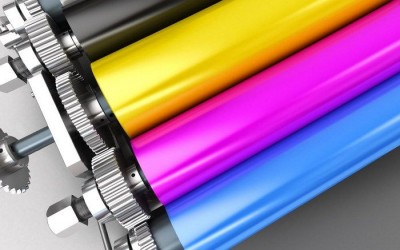Laser cutting
Laser cutting is a materials processing technology in which a laser beam is used for precise and high-quality cutting or engraving of various materials. This technology has found widespread use in various industries and offers numerous practical advantages. Here are several key aspects of laser cutting:
-
High Precision: Laser cutting provides a high degree of accuracy and control when processing materials. This enables the creation of intricate and detailed designs with a high level of precision.
-
Versatility with Various Materials: Lasers can cut and engrave a wide range of materials, including metals, wood, acrylic, plastic, stone, glass, and many others. This makes laser cutting a versatile and widely applicable technology.
-
High Speed and Efficiency: Lasers operate at high speeds, increasing productivity and allowing for rapid execution of cutting and engraving tasks.
-
Minimal Material Waste: Laser cutting minimizes material waste since it typically doesn&single_quot;t require physical contact with the material. This makes it an efficient and cost-effective process.
-
Design Flexibility: Laser technology allows for the creation of various geometric shapes and textures, making it an excellent choice for customized and decorative details.
-
Application Across Industries: Laser cutting is used in the manufacturing of metal parts for industrial purposes, crafting creative designs in art and crafts, as well as producing components for electronics and medical equipment.
-
Engraving and Marking: In addition to cutting, lasers can be used for engraving and marking surfaces, adding unique identification marks or decorative elements.
Laser cutting is a versatile and multifunctional technology that plays a significant role in a variety of industries and fields. Its ability to provide precision and quality makes it an integral part of modern manufacturing and design.




